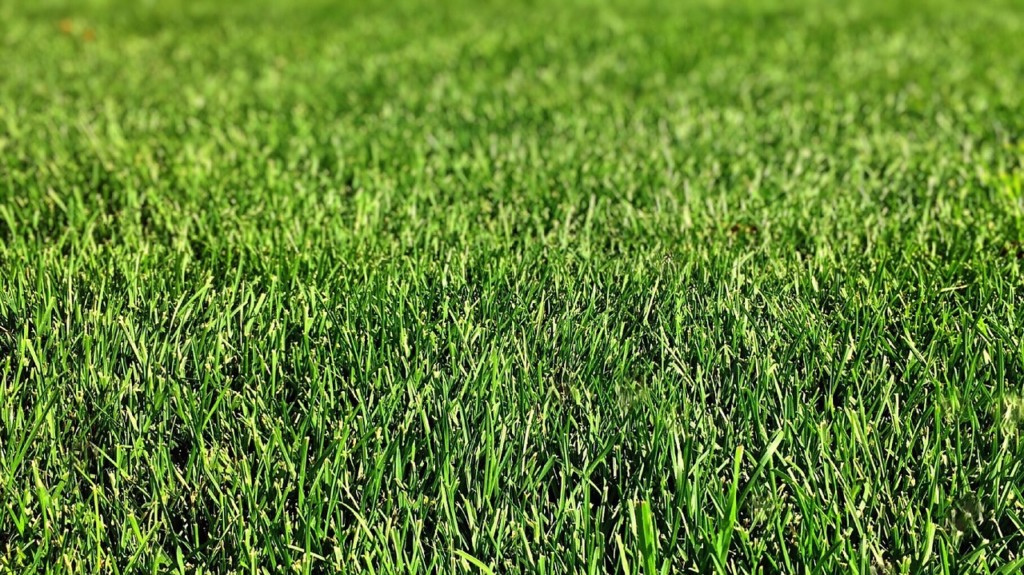
Struggling with Chafer Beetle damage (or trying to avoid it)? Good news! There’s a solution: Tall Fescue.
Chafer beetles are undoubtedly the bane of Vancouver Lawns. With raccoons and other animals tearing up turf to root out the high protein larvae that have spent weeks or even months eating their way through the lawn’s root system… there’s really no way that any lawn could survive. So what to do?
It all boils down to this: there is no magic cure, but there are steps homeowners can take to prevent Chafer Beetles from invading their lawn – and to survive it even if some do.
Not sure if you have Chafer Beetle grubs in your lawn? Drop by the City of North Vancouver’s Site to learn more about Chafer Beetles, symptoms and sampling.
Rumor has it that recent turf trials at Michigan State University have shown that lawns of Tall Fescue grass show a noticeable tolerance and resistance to damage from Chafer Beetles – and that makes a lot of sense. Tall Fescue is a cool season grass with a dense, robust growth habit and deep root systems.
When it comes time to create the next generation of pests, adult Chafer Beetles look for thin or patchy lawns where they’ll be able to reach the soil easily, but there’s still plenty of grass for the larvae to feed on over the coming months. To put it simply, the thinner or patchier the lawn, the more likely adult Chafer Beetles are to visit, followed by birds, raccoons, and other critters soon after.
Thanks to Tall Fescue’s dense growth habit, adult chafer beetles have a much harder time reaching the soil to lay their eggs, dramatically cutting down on the number of grubs in the lawn (and the risk of it being torn up by animals). Even better, Tall Fescue is well known to be drought tolerant, making it an ideal grass for tolerating a bit of larval damage in the dead heat of summer!
We carry Tall Fescue sod! Give us a call at 1.888.888.7072 to learn more about how Tall Fescue can transform your lawn!
Chafer Beetles are attracted to lawns that are cut short or that are thinning out, because it’s easier for them to reach the soil and lay their eggs. By promoting a thick, healthy lawn and allowing it to grow a little taller, homeowners can significantly reduce the risk of heavy infestation without ever touching a bottle of chemicals. For most lawns, the ideal height is about 3 inches.
Lawn stress can happen for any number of reasons. Check out this great resource from the University of California to learn more about promoting a healthy lawn with a bit of basic maintenance.
For homeowners who are already experiencing Chafer Beetle damage or are at high risk of infection because of a thinning or patchy lawn, we recommend starting over by installing a new sod lawn.
Unlike with overseeding which can take weeks of waiting, watering, and weeding as new grass slowly fills in, a new sod lawn can be installed quickly. With a professional installation crew, the job can be done in a single day from soil prep to watering in, and in a matter of 24 hrs transforms the lawn from a Chafer Beetle hot spot to a “too much work, pass it over!”
Find out about our affordable sod installation – Give us a call at 1.888.888.7072 to learn more!
When it comes to the European Chafer Beetle there’s no magic cure, but by overseeding or replacing existing lawns with Tall Fescue and implementing a basic lawn maintenance routine, homeowners can prevent the majority of Chafer damage.
Controlling White Grubs in Turf Grass – Entomology at the University of Kentucky
European Chafer – Michigan State University Extension
Battling the chafer beetle in your lawn – CBC News
Order fresh sod now or request a custom quote for your project.
Save with a Yearly membership. Custom fertilizer program. Fertilizer, topsoil, seed delivered to your door before you need it. Don’t forget, we will remember for you!
Western Turf Farms Abbotsford
39183 No.5 Road Abbotsford, BC V3G 2G3
Western Turf Farms Langley
7880 240 Street Langley, BC V1M 3P9
© Copyright 2025, all rights reserved by Western Turf Farms. By using our website you agree to our Disclaimer and Privacy Policy.